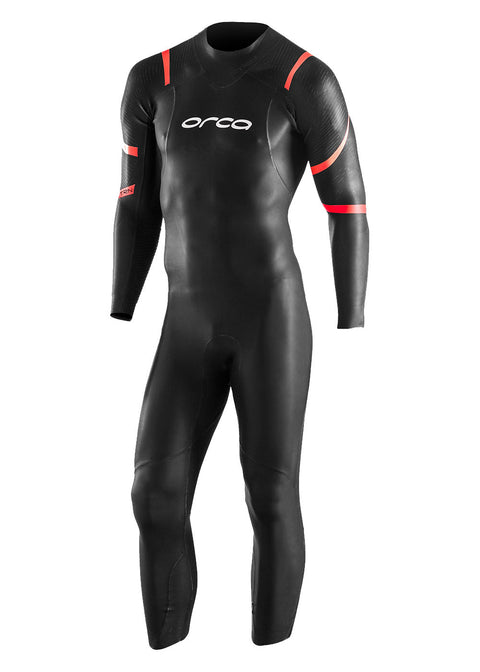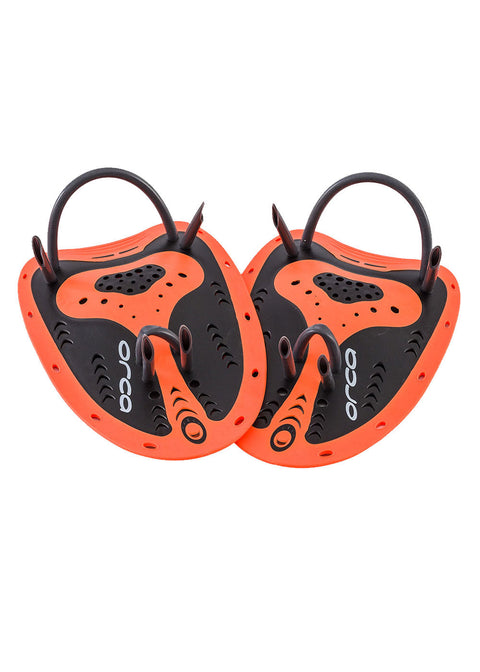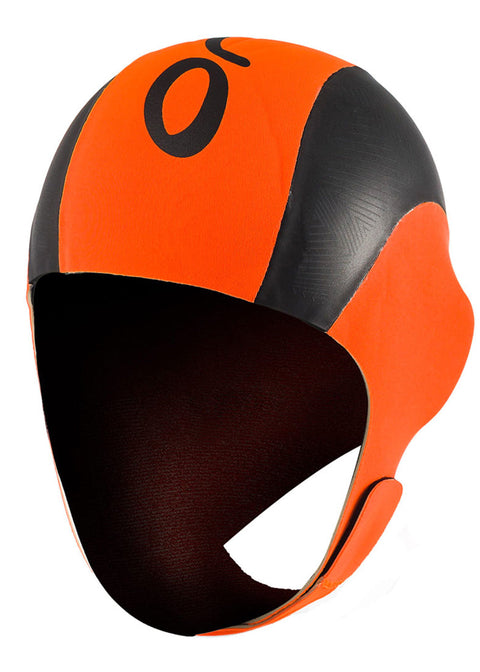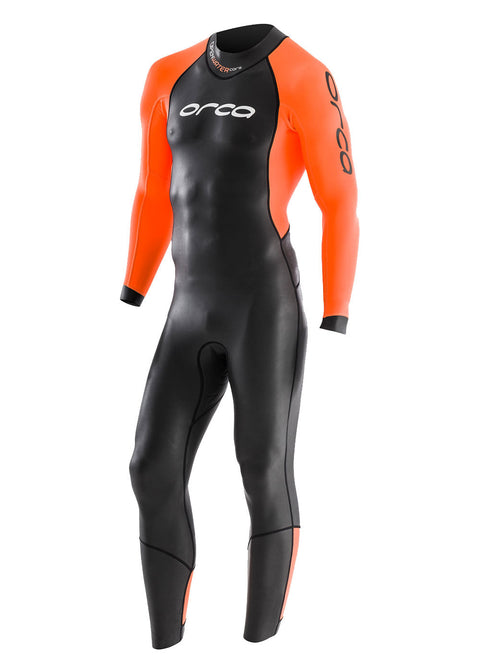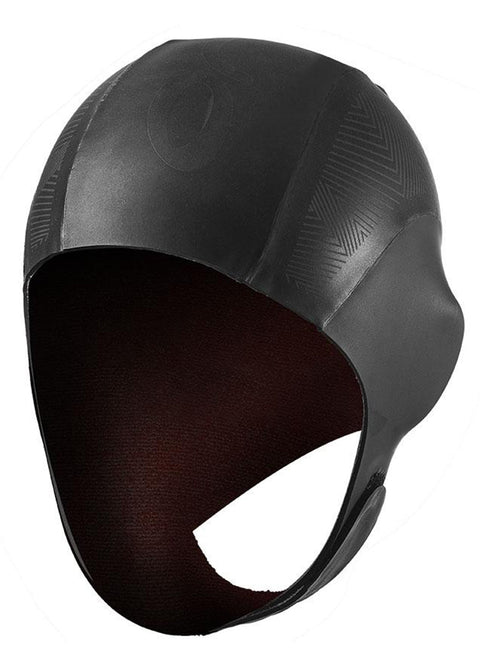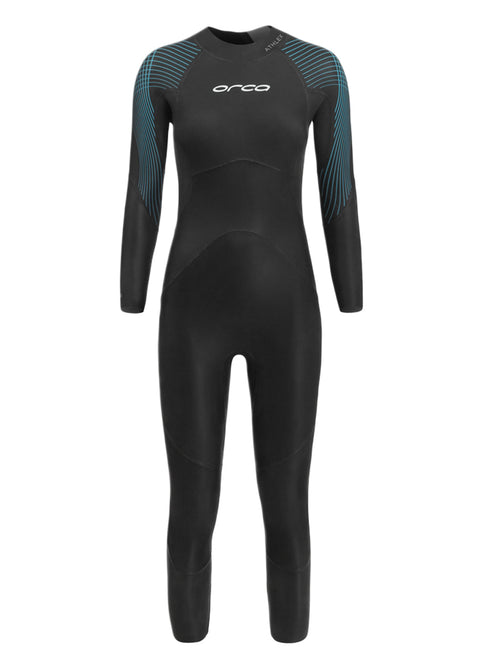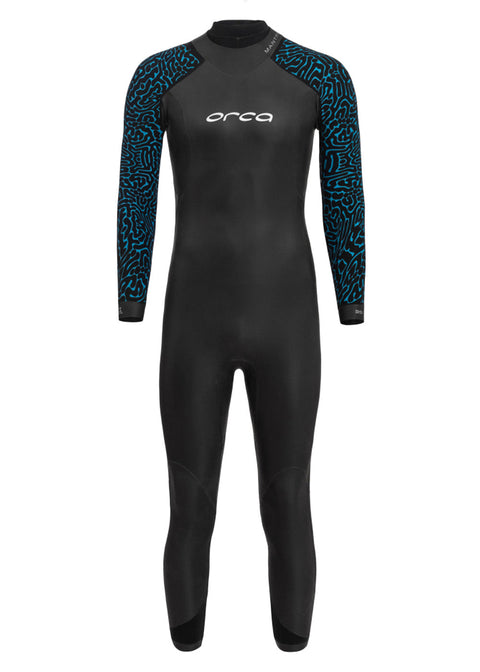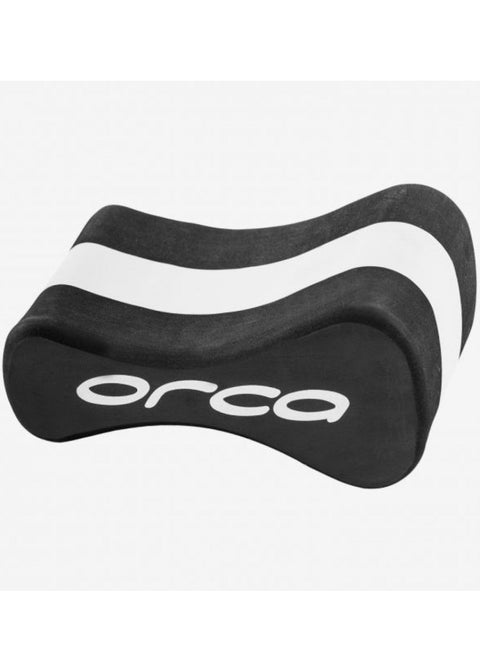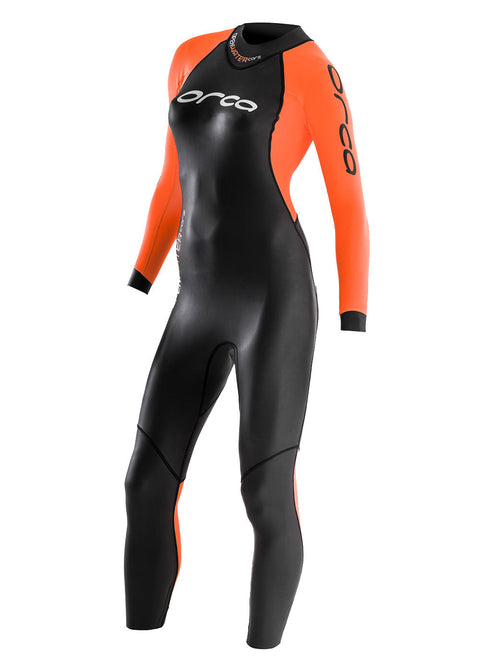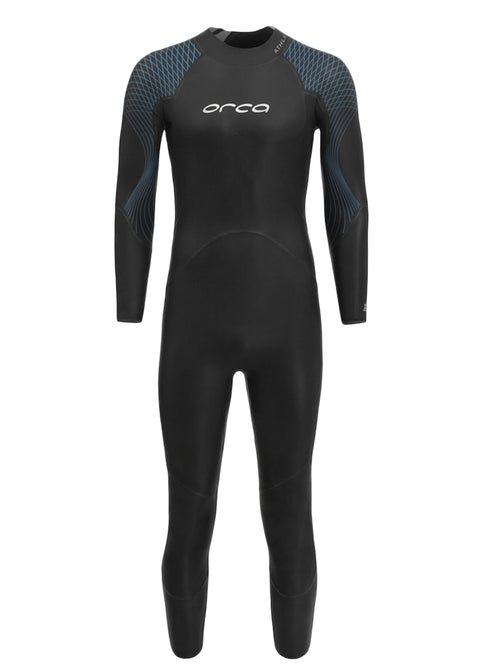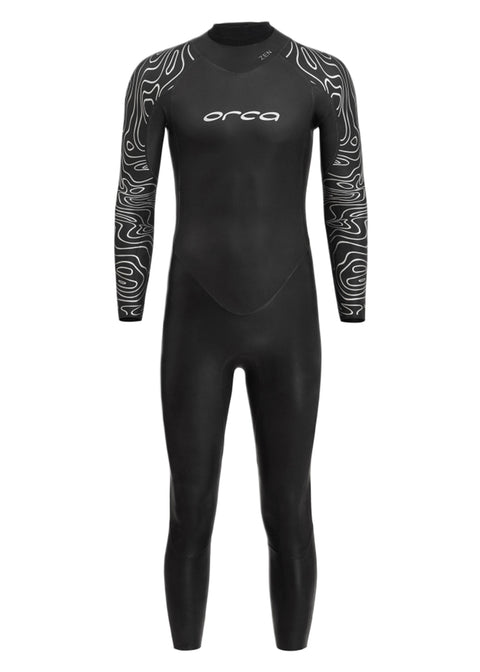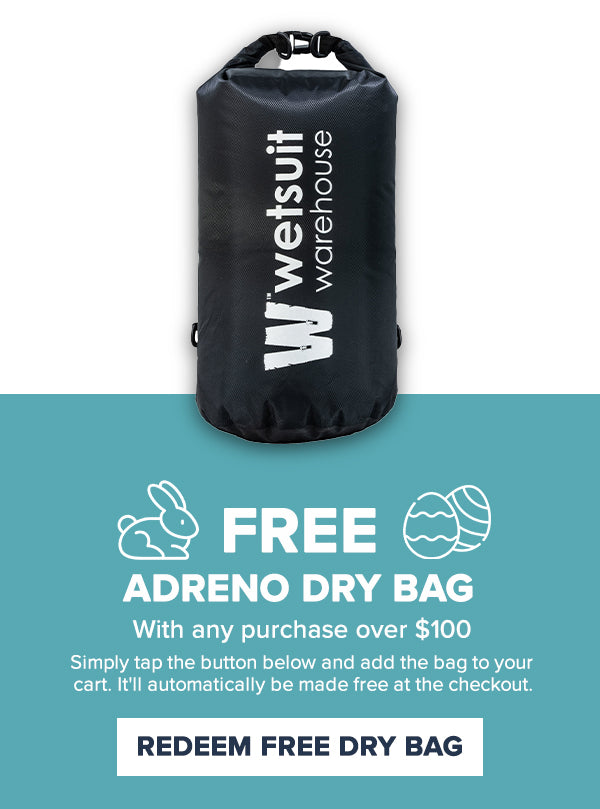Orca Triathlon Wetsuits
Orca Wetsuits have been world leaders in open water swimming and triathlon wetsuits for over 25 years and this experience has afforded them the unrivalled anatomical understanding which has allowed them... Read More
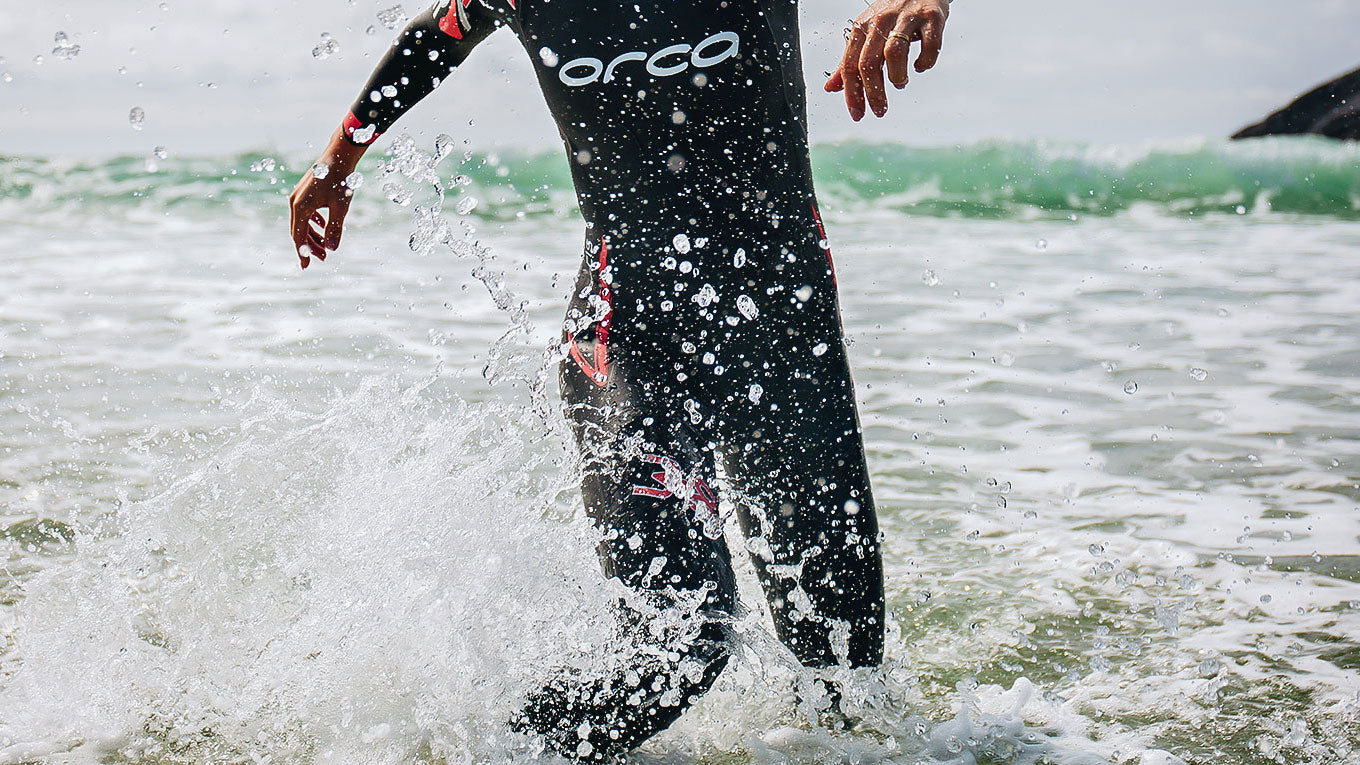
Orca Triathlon Wetsuits
Orca Wetsuits have been world leaders in open water swimming and triathlon wetsuits for over 25 years and this experience has afforded them the unrivalled anatomical understanding which has allowed them to create consistently amazing tri wetsuits. Their impeccable design is backed by the world leaders in performance neoprene: Yamamoto. This partnership has helped develop the most impressive innovations in recent decades, not just for Orca but for the entire Triathlon Wetsuit world.
Wetsuits are important in triathlon as they mitigate the engagement of thermogenisis (body's mechanism to create heat) and you want this because themogenisis robs you of energy - you don't need to be shivering to be wasting energy either! Studies on adventure racers have shown signs of hypothermia existing even in 33°C+ climates, this is because their energy reserves become so depleted that their bodies can no longer engage thermogenisis and are no purely subject to their surrounding temperature. Triathlete's are exposed for much shorter durations but wet skin looses heat 25x faster than dry so it's an important consideration.
Orca Triathlon Swim Styles - view here
Orca break their triathlon range out based upon your swim style and skill level. Their three offerings are Progressive, Total and Natural - each of which are designed to cater for specific swim styles as well as experience levels.
- Progressive Swimmer: The best option for the average swimmer land the open-ocean swimmer. These suits are the most buoyant in the range and are designed this way to keep you high in the water, therefore less resistance. Furthermore this extra-buoyancy forces your into decent streamline and is a blessing when fatigued. Learn more.
- Total Swimmer: Designed for the swimmer with good technique but is looking for a bit of extra buoyancy through your legs, making it a bit easier to maintain a proper kick technique, especially when fatigued. Learn more
- Natural Swimmer: Built around performance, best suited to experience swimmers or those with a well developed stroke and streamline. Learn more
We have gone into greater detail on Orca's swim styles here.
Orca Tri Wetsuit Features
This list of features is an overview of Orca's specifications present on their range of suits, for model-specific specifications please visit the desired product page.
- Yamamoto Neoprene: When it comes to Neoprene, Yamamoto are the name you want to know - Orca employ their 38, 39 and 40 cell neoprenes. They're not only responsible for Orca's incredible materiality but for most developments within the industry. Neoprene is technically a sandwich of 3 layers, the original neoprene DuPrene consisted of a polychroloprene-foam core laminated within two expanding nylon panels. Unlike the old Neoprenes, modern iterations boast far superior cell structure and external linings. That's because old neoprene was used to line the bottom of dumps, new neoprene is designed to accurately modulate buoyancy, reduce your coefficient of drag by up to 99.35% and assist in your swimming style.... get learned on neoprene nuances here.
- Cell-Regulated Foams: Unfortunately the physical world states that to increase a wetsuit's buoyancy you need a thicker neoprene, or for the same given thickness, you need a greater internal cell-volume (gas bubbles present within the foam: actually makes the final product warmer). Making a wetsuit thicker reduces flexibility because you're now straining to elongate morerubber, however, increasing cell-volume creates a more stretchy neoprene because you need to elongate less rubber, being that there is more gas inside the neoprene.
- Sealed Seams: the triathlon world has got the memo on sealed seams in that unsealed seams are somewhat futile, outside of the tropics. A wetsuit works as an insulator, reflecting expelled body heat back to said body, it does not 'create' heat (although minor thermal induction occurs in direct sunlight). In order to keep that heat from seeping out your need to seal them seam (and have a good fit) - you don't drive around on a cold day with your heater on but your windows down? Unless you're trying to waste energy and destroy the planet. Get the rundown on wetsuit seam tech.
- Swimming Specialised Panelling: Triathlon wetsuits offers specialised panelling in that every panel that is laid in their suits has been individually considered against swimmer's anatomy to better the performance of the suit and it's wearer. We have included panelling information in the description of every Orca Triathlon Wetsuit.
- Smooth Skin Jerseys: All ocean swimmers and triathletes share a common goal when it comes to swimming: reducing drag and the simple solution is coated external linings, as opposed to woven nylon linings. Nylon fails in two aspects: water absorbency and the high coefficient of friction resulting from a woven fibre. All Orca tri wetsuits boast one or more of their specialised outer jerseys. They state their SCS lining touts 99.35% less drag than a typical nylon lining. The added bonus to these linings is their hydrophobic nature gives them insanely fast drying times.
- Expanding Internal Linings: The inside of your tri wetsuit does not share the same need for hydrodynamics that the external jerseys do but Orca take this opportunity to further unbridle the Yamamoto neoprene. What we mean here is the core-foam of Yamamoto boasts elongation rates of over 300% (1m stretches to 3m+ without deformation) but the external linings reach much less. Orca's internal linings are loosely woven Spandex-esque linings to ensure maximum final stretch. (Spandex is simply an anagram for Expands)


